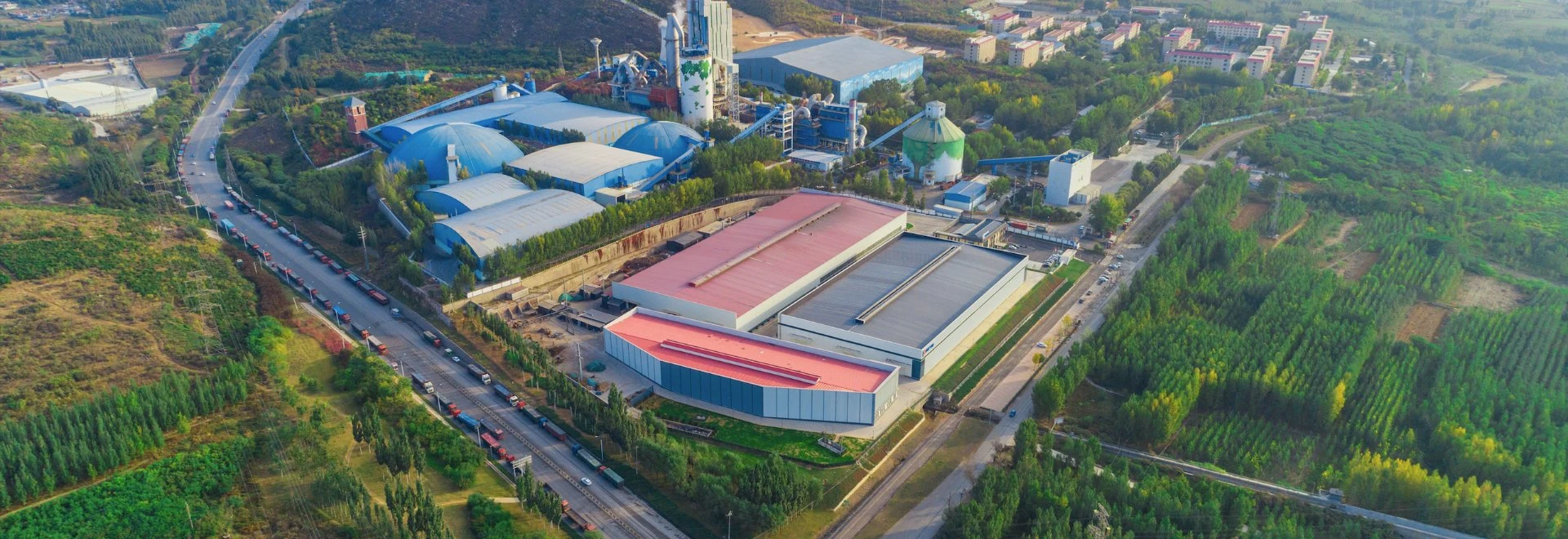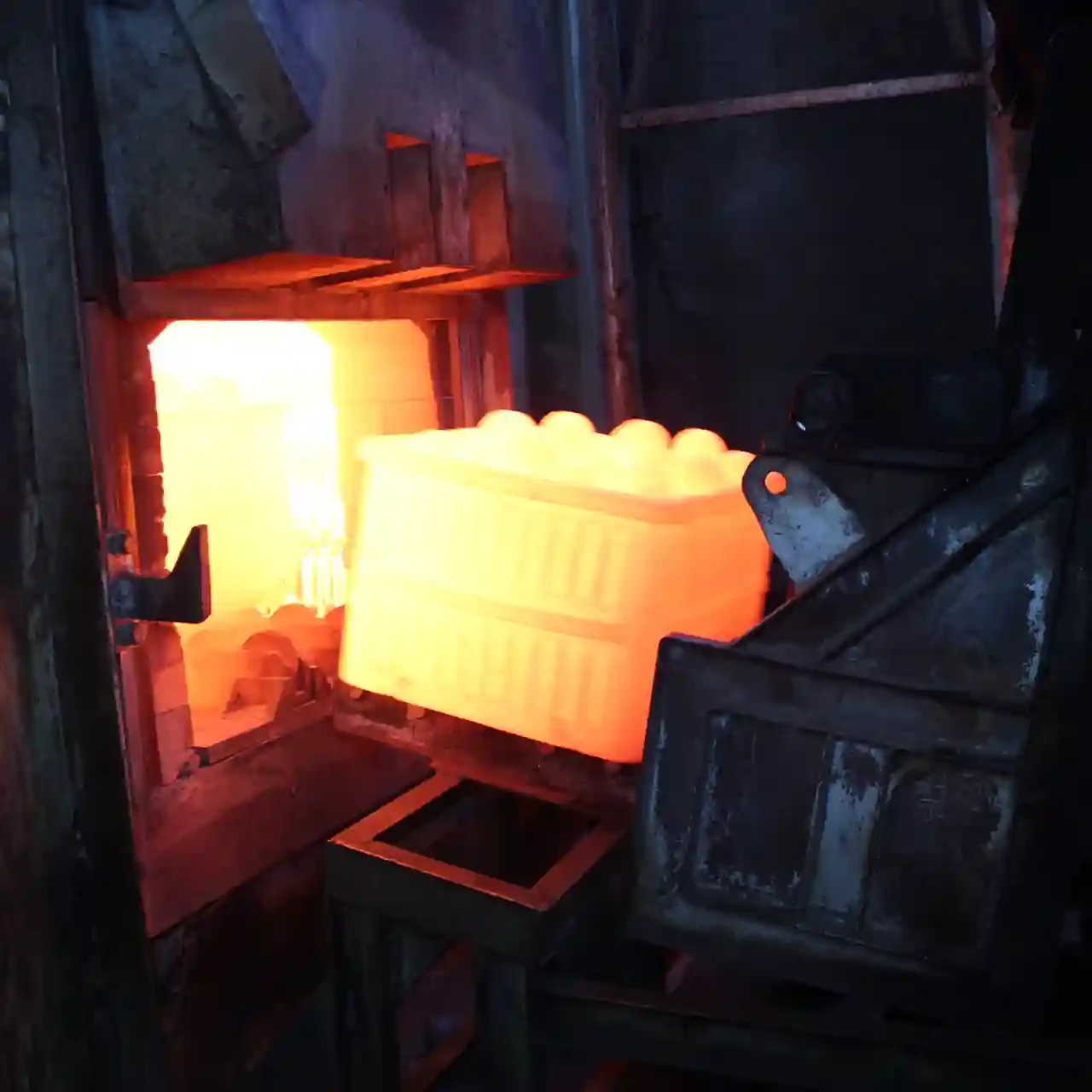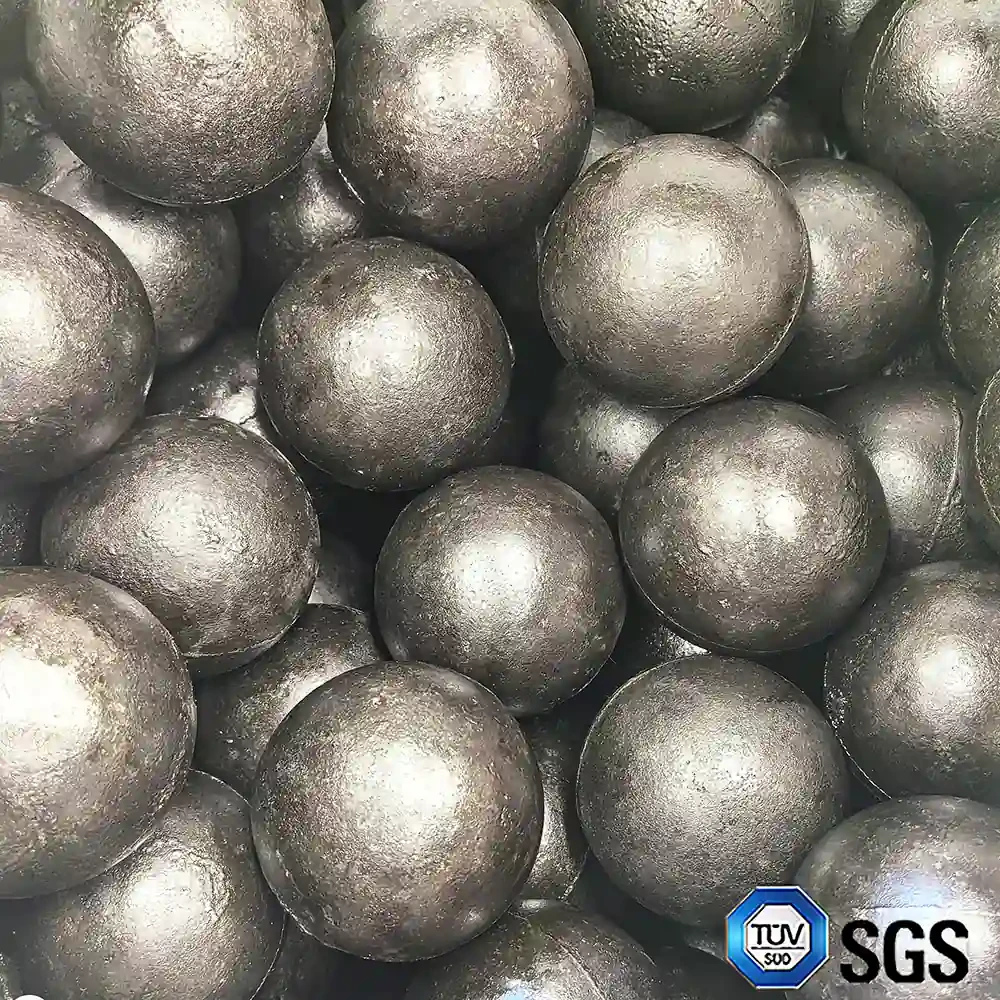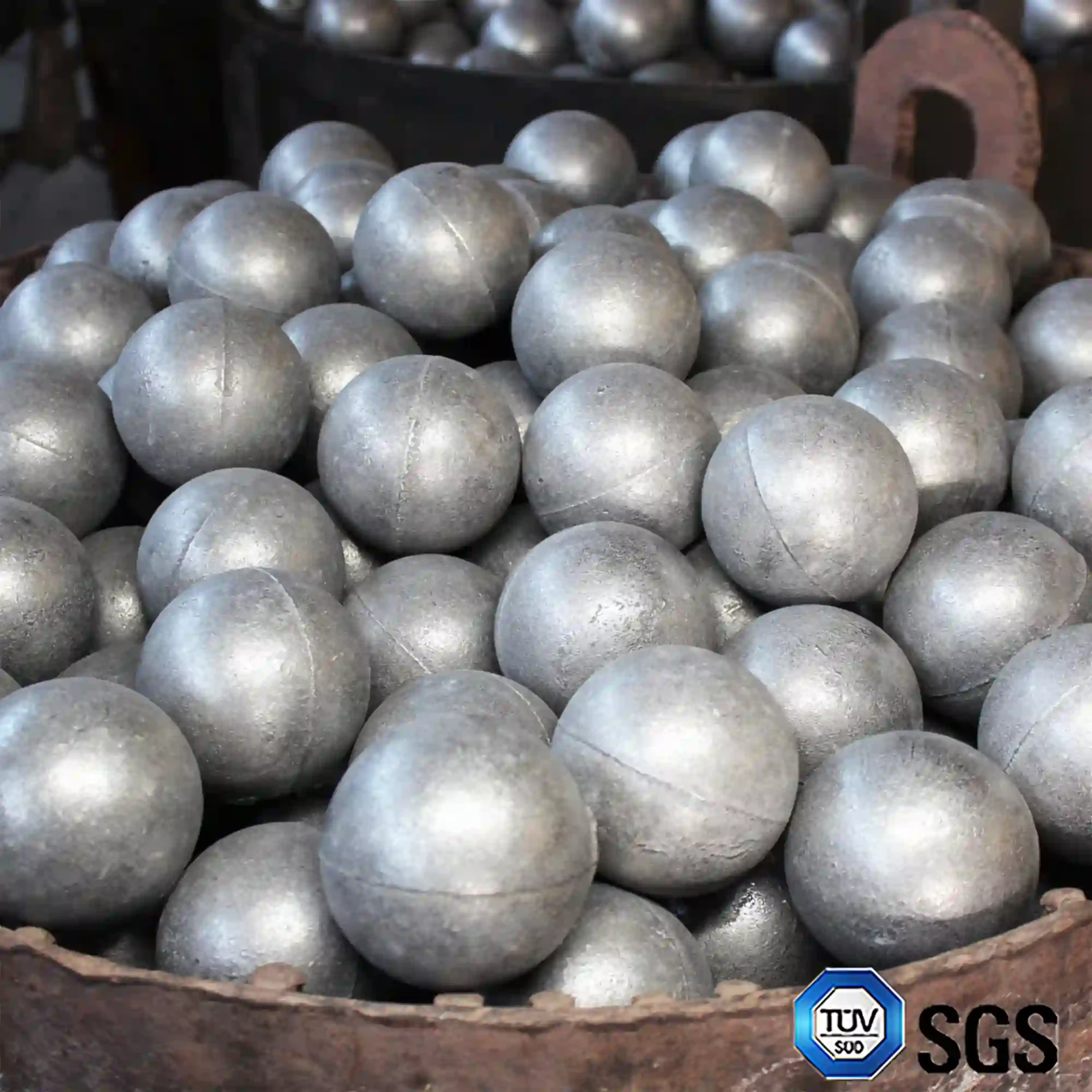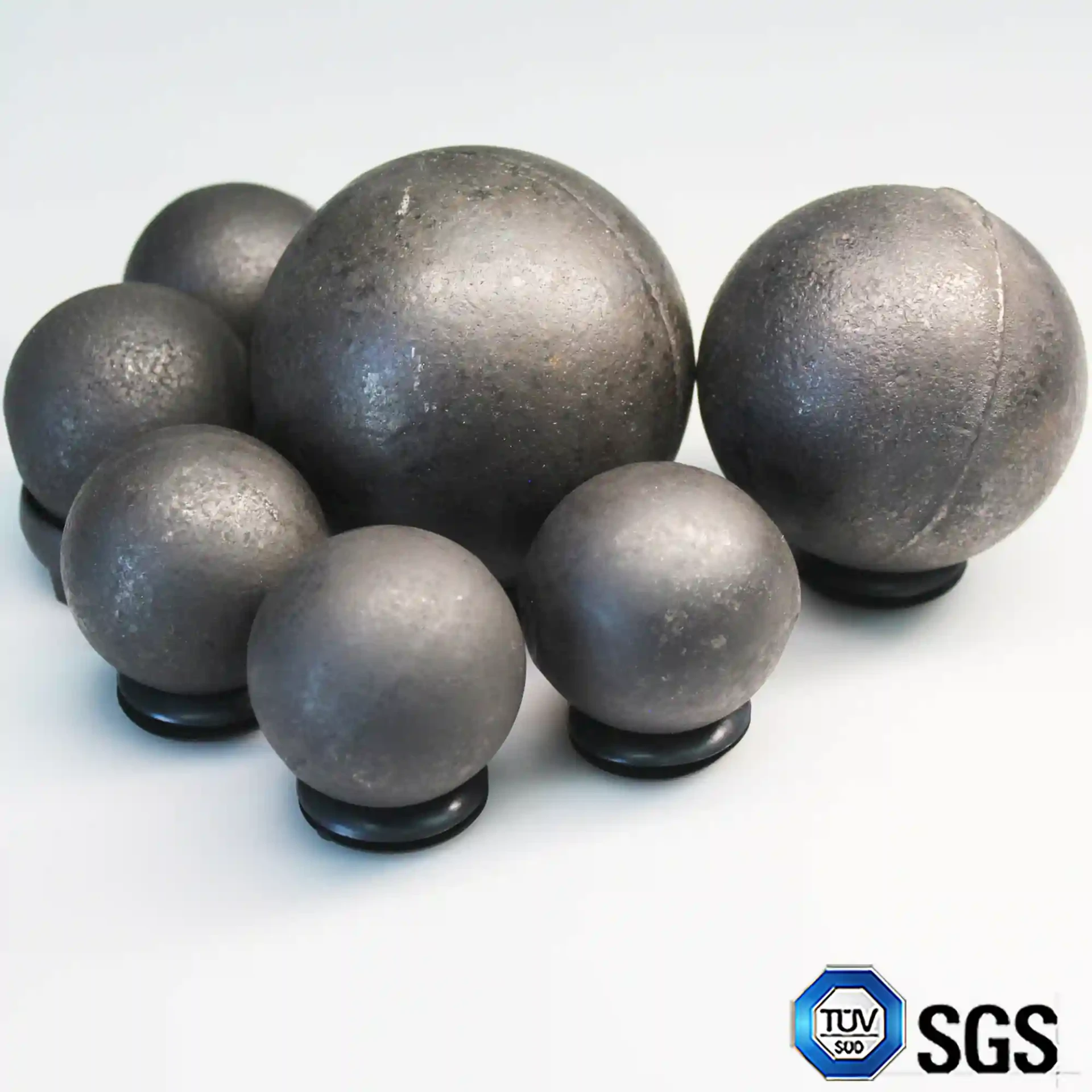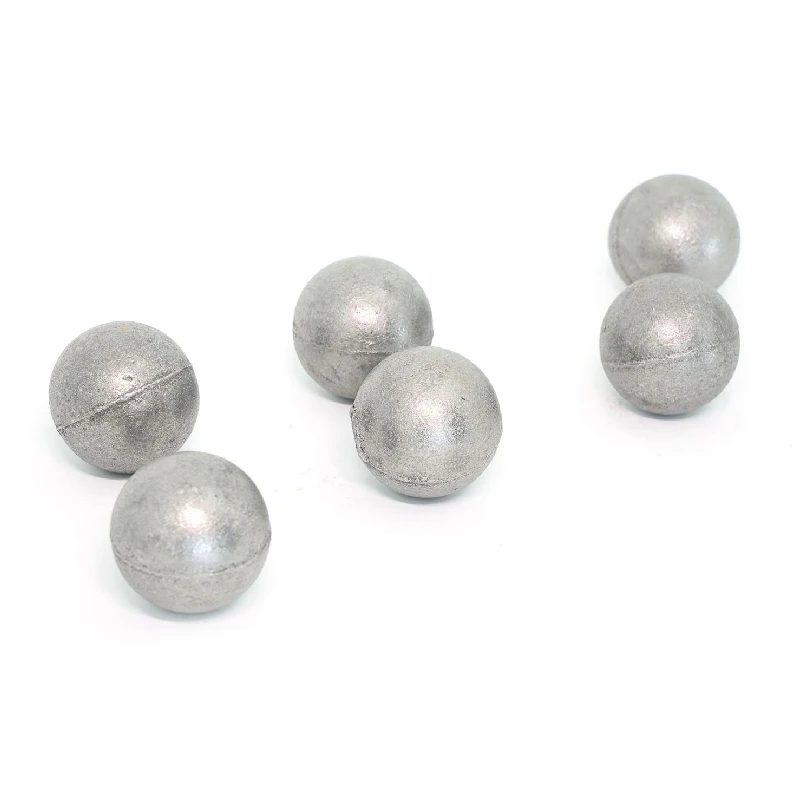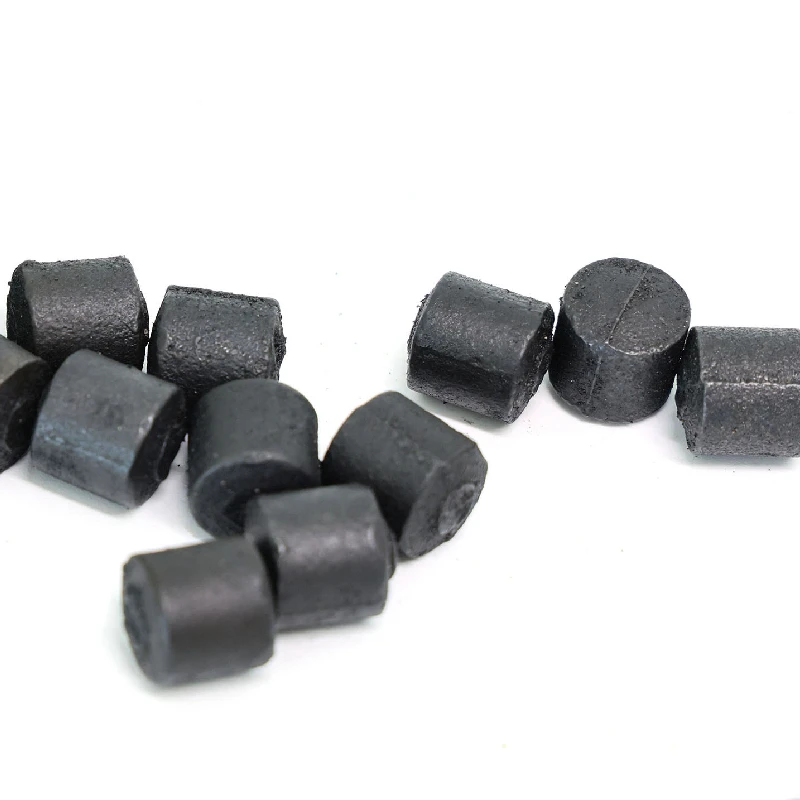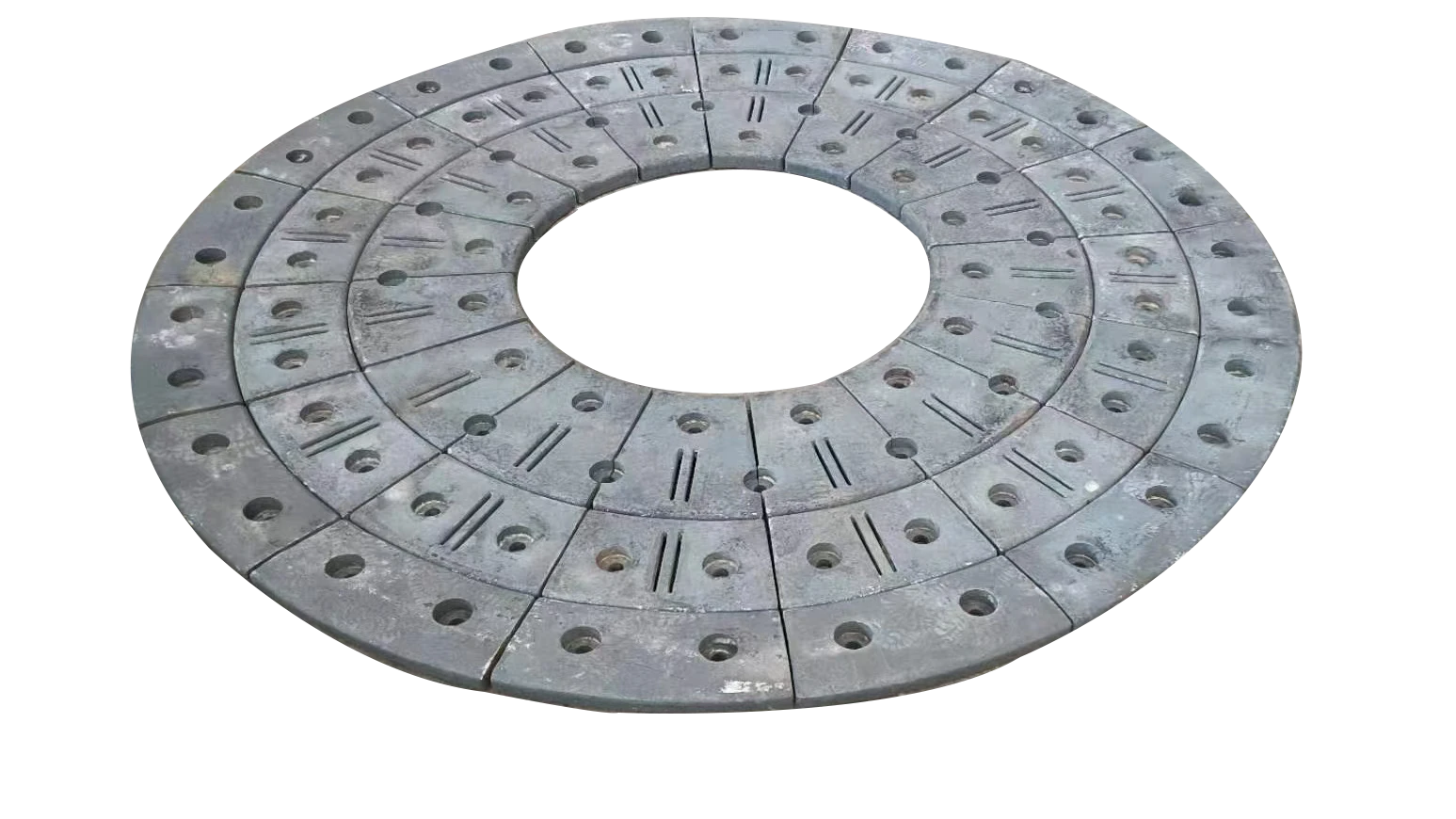Aug . 19, 2025 03:20 Back to list
Durable Manganese Steel Plate - High Abrasion Resistance
Innovating Industrial Durability: The Core of High-Performance Manganese Steel Plate
In the demanding landscape of heavy industry, the integrity and longevity of critical components are paramount, directly impacting operational efficiency and safety. At the forefront of this reliability is the exceptional manganese steel plate, a material renowned for its unparalleled resistance to impact and abrasion. This specialized alloy, often categorized as Hadfield steel or high manganese steel, represents a cornerstone in applications where severe wear conditions are prevalent, from the crushing and grinding operations in mining and quarrying to the high-impact environments of construction and recycling. The inherent ability of manganese steel to work-harden under dynamic loading—where its surface hardness increases significantly without compromising the toughness of its core—sets it apart from conventional steels. This unique characteristic is largely attributed to its austenitic microstructure, stabilized by a high carbon content (typically 1.0-1.4%) and a substantial manganese presence (11-14%). As industries globally push for greater throughput and extended equipment lifecycles, the demand for superior wear solutions like manganese steel plate continues to accelerate, driving innovation in material science and manufacturing processes. Current trends indicate a shift towards optimizing alloy compositions to achieve even higher performance-to-cost ratios, alongside the development of advanced heat treatment protocols and precise fabrication techniques to meet the stringent requirements of modern industrial applications.
The increasing adoption of automated and high-capacity machinery across sectors such as cement, power generation, and steel production further emphasizes the need for components that can withstand relentless operational stresses. This necessitates not just robust materials but also comprehensive material strategies that consider the entire lifecycle, from initial material selection and component design to maintenance and eventual replacement. The strategic incorporation of elements like silicon manganese and silico manganese during the steelmaking process is crucial, as they act as deoxidizers and provide essential alloying elements that contribute to the final mechanical properties, enhancing strength, toughness, and wear resistance. These ferroalloys play a vital role in ensuring the homogeneity and desired microstructure of the steel, ultimately influencing the plate's performance in challenging environments. Furthermore, sustainability considerations are increasingly influencing material choices, with a growing emphasis on materials that offer extended service life, thereby reducing material consumption and waste. The engineering community's focus is on leveraging advanced metallurgical understanding to tailor manganese steel plate solutions that offer superior wear performance, reduced downtime, and enhanced operational safety, positioning this material as a critical enabler for efficiency and productivity in industrial operations worldwide.
Unveiling the Core: Technical Parameters and Performance of High Manganese Steel Plate
Understanding the intrinsic technical parameters of manganese steel plate is critical for engineers and procurement specialists to specify the correct material for their high-impact applications. This unique alloy, often referred to as Hadfield steel due to its pioneering development, is fundamentally an austenitic manganese steel characterized by its high carbon and manganese content. The standard composition typically ranges from 1.0% to 1.4% carbon and 11% to 14% manganese, though variations exist to tailor properties for specific uses. This chemical balance is meticulously engineered to ensure that the steel maintains its ductile austenitic structure even at room temperature, which is key to its exceptional work-hardening capabilities. When subjected to impact or abrasive forces, the surface undergoes a significant increase in hardness, reaching up to 500-600 Brinell Hardness (HB), while the underlying bulk material retains its original toughness (typically 200-250 HB in its as-received condition). This differential hardness provides an unparalleled combination of wear resistance and resistance to fracturing, making it ideal for components in crushers, excavators, and rail crossings. The addition of alloying elements such as silicon manganese and silico manganese during the melting process is pivotal; these elements not only act as deoxidizers, removing impurities and ensuring a clean melt, but also contribute to the mechanical strength and toughness of the final product, influencing grain structure and stability.
The performance of manganese steel plate is not solely defined by its chemical composition but also by its mechanical properties, which are often enhanced through precise heat treatment. Key properties include an ultimate tensile strength (UTS) typically ranging from 800-1000 MPa, a yield strength of 350-500 MPa, and an impressive elongation to fracture of 30-50%, demonstrating its high ductility and ability to absorb significant energy before failure. Impact resistance, often measured by Charpy V-notch testing, consistently shows high values, reinforcing its suitability for dynamic loading environments. The density is comparable to other steels, around 7.85 g/cm³, but its specific wear mechanisms, primarily work-hardening, offer a superior operational lifespan in abrasive conditions. When comparing different grades of high manganese steel, variations in carbon and manganese content, along with the presence of other minor alloying elements like chromium or molybdenum, can subtly shift these properties, affecting the work-hardening rate, initial hardness, and overall toughness. Engineers meticulously analyze these parameters, often referencing industry standards such as ASTM A128 for high manganese steel castings or specific plate specifications, to ensure that the selected manganese steel plate meets the rigorous demands of their unique operational challenges, guaranteeing optimal performance and extended service life in severe industrial applications.
Typical Manganese Steel Plate (ASTM A128 Gr B-2) Parameters
| Parameter | Value/Range | Unit |
|---|---|---|
| Manganese (Mn) Content | 11.0 - 14.0 | % |
| Carbon (C) Content | 1.0 - 1.4 | % |
| Silicon (Si) Content | 0.30 - 1.0 | % |
| Phosphorus (P) Content (Max) | 0.07 | % |
| Sulfur (S) Content (Max) | 0.04 | % |
| Tensile Strength (Min) | 800 (116) | MPa (ksi) |
| Yield Strength (Min) | 350 (50) | MPa (ksi) |
| Elongation (Min) | 30 | % |
| Brinell Hardness (As-received) | 180 - 250 | HB |
| Work Hardened Hardness | Up to 500-600 | HB |
Note: These values are typical for ASTM A128 Gr B-2 cast manganese steel, and specific values may vary based on precise alloy composition, manufacturing process, and heat treatment.
Precision Engineering: The Manufacturing Journey of Manganese Steel Plate
The manufacturing of high-quality manganese steel plate is a sophisticated process that demands stringent control over every stage, from raw material selection to final inspection, to ensure optimal metallurgical properties and performance. The journey typically begins with the melting of high-grade scrap steel and virgin alloys in an electric arc furnace (EAF) or induction furnace. Precise control over the chemical composition, particularly the balance of carbon and manganese, is paramount at this stage. Ferroalloys like silico manganese and silicon manganese are introduced to deoxidize the molten metal and to ensure the desired manganese content, which is critical for establishing the characteristic austenitic structure. After achieving the correct chemistry and temperature, the molten steel is typically cast into large ingots or directly continuous cast into slabs. This initial casting phase is followed by primary forming operations, which can involve hot rolling or forging. Hot rolling, a common method for plate production, involves passing the heated ingot or slab through a series of rollers to reduce its thickness and refine its grain structure. Forging, particularly for thicker or more complex shapes, uses compressive forces to shape the metal, further enhancing its mechanical properties and eliminating internal defects.
Following the forming process, the manganese steel plate undergoes a crucial heat treatment known as solution annealing and water quenching. This process involves heating the steel to a high temperature (typically around 1050-1100°C) to dissolve all carbides and achieve a fully austenitic structure, followed by rapid quenching in water. This rapid cooling prevents carbide precipitation at grain boundaries, ensuring that the manganese is uniformly dissolved and the steel maintains its ductility and toughness, which are prerequisites for its work-hardening capability. Without proper quenching, the steel can become brittle due to carbide formation. Post-heat treatment, the plates may undergo further processing such as leveling, cutting (e.g., plasma cutting, flame cutting, or abrasive cutting), and precise CNC machining for intricate shapes or specific dimensional requirements. Throughout the entire manufacturing chain, rigorous quality control measures are implemented. This includes extensive non-destructive testing (NDT) such as ultrasonic testing to detect internal flaws, magnetic particle inspection for surface cracks, and visual inspection. Mechanical property tests, including tensile strength, yield strength, elongation, and hardness tests, are conducted in accordance with international standards such as ISO 9001 and ANSI specifications to verify that the final manganese steel plate meets or exceeds all stipulated performance criteria, ensuring its reliability and extended service life in critical applications.
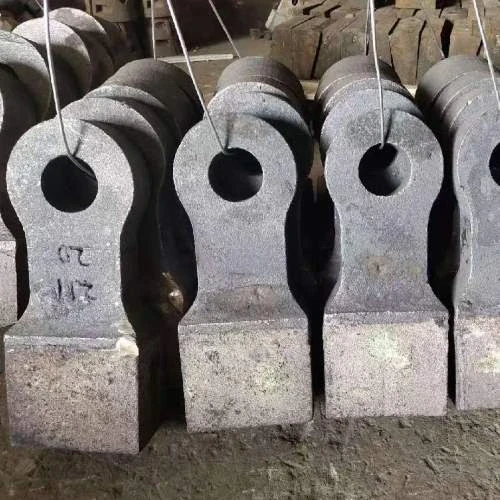
Strategic Applications: Where Manganese Steel Plate Excels in Industry
The exceptional work-hardening ability and impact toughness of manganese steel plate make it an indispensable material across a broad spectrum of heavy industrial applications where components are subjected to severe abrasion, high impact, or a combination of both. In the mining and quarrying sectors, it is widely used for liner plates in crushers, chute liners, grizzlies, and dredge pump components, where it withstands the relentless pounding and grinding of abrasive ores and rocks, significantly extending the operational life of machinery. Similarly, in the construction industry, particularly for earthmoving equipment, it finds application in wear plates for excavators, bulldozer blades, and concrete mixers, drastically reducing replacement frequency. The metallurgical industry benefits from its durability in blast furnace charging equipment, skip car liners, and coke chutes. For the cement industry, manganese steel plate is critical for mill liners and grinding media, combating the abrasive nature of clinker and raw materials. Its robustness is also leveraged in the recycling sector for shredder liners and hammer mill components, where it handles the high-impact forces of processing diverse waste streams. Beyond these, specialized applications include railway frogs and crossings, where its ability to resist deformation under repetitive heavy loads is crucial for long-term safety and performance.
The technical advantages of manganese steel plate extend beyond mere wear resistance. Its inherent toughness allows it to absorb significant impact energy without fracturing, a characteristic vital in preventing catastrophic failures in high-stress environments. This superior performance translates directly into substantial operational efficiencies, including extended component service life by a factor of 3 to 5 times compared to conventional steels, leading to reduced downtime for maintenance and replacements. This longevity results in considerable cost savings on parts procurement and labor, as well as an increase in overall productivity. Furthermore, while not primarily a corrosion-resistant alloy, its dense, work-hardened surface can offer a degree of enhanced resistance to erosion-corrosion in certain slurry or abrasive-fluid applications, such as those found in mineral processing or certain water supply and drainage systems. The energy efficiency aspect stems from the optimized material flow and reduced friction that well-maintained, wear-resistant liners provide within processing equipment, leading to lower energy consumption per ton of material processed. For instance, in applications like the High Chrome Hammer Head, which often pairs with manganese steel liners in crushing operations, the synergy between impact-resistant wear parts and durable liner plates ensures a system optimized for both performance and longevity, significantly benefiting industries like petrochemical, metallurgy, and heavy manufacturing by ensuring continuous, reliable operation and mitigating expensive interruptions.
Strategic Sourcing: Navigating Manufacturer Capabilities and Custom Solutions for Manganese Steel Plate
Selecting the right manufacturer for manganese steel plate is a strategic decision that profoundly impacts the long-term performance and cost-effectiveness of industrial operations. Beyond standard product offerings, an exemplary manufacturer distinguishes itself through deep metallurgical expertise, advanced manufacturing capabilities, and a commitment to customized solutions. The capability to consistently produce high-quality Hadfield steel requires not only state-of-the-art foundries and rolling mills but also an intimate understanding of the intricate heat treatment processes essential for achieving optimal work-hardening properties. Technical expertise is crucial in tailoring alloy compositions, such as precise control over carbon, manganese, and beneficial trace elements like silicon manganese and silico manganese, to meet the specific wear mechanisms of different applications. For instance, a plate intended for pure impact resistance in a primary crusher will have slightly different ideal properties than one designed for sliding abrasion in a chute. Leading manufacturers invest heavily in R&D to continuously refine their alloys and processes, often holding certifications such as ISO 9001 for quality management and adhering to international material standards like ASTM A128, which underscores their commitment to consistent product quality and reliability.
In a market where off-the-shelf solutions often fall short of meeting the unique demands of highly specialized industrial equipment, the ability to provide tailored manganese steel plate solutions is a significant differentiator. Customization can involve precise cutting and forming to fit exact dimensions of equipment liners, specialized drilling patterns, or even modifications to the alloy chemistry for enhanced performance in extreme conditions like high temperatures or corrosive environments, alongside severe abrasion. A reputable manufacturer will engage in a collaborative process, working closely with clients to understand their specific operational challenges, equipment designs, and performance expectations. This often includes on-site assessments, wear analysis, and simulation modeling to design a solution that maximizes both wear life and operational efficiency. Furthermore, factors like consistent delivery lead times and robust after-sales support, including technical consultation and problem-solving, are vital considerations. For example, if a client requires a complex shape for a High Chrome Hammer Head assembly that utilizes manganese steel plate as a liner, the manufacturer’s ability to execute precision CNC machining and integrate seamlessly with other components ensures optimal fit and performance, reducing installation time and extending overall system longevity. This holistic approach, from initial consultation to post-delivery support, defines a truly authoritative and trustworthy partner in the supply of high-performance wear materials.
Real-World Impact: Application Case Studies and Client Success with Manganese Steel Plate
The true testament to the value of manganese steel plate lies in its demonstrable impact across diverse industrial operations, transforming challenges of wear and maintenance into opportunities for enhanced productivity and cost efficiency. Consider a large-scale quarrying operation that faced persistent issues with premature wear of their primary jaw crusher liners, leading to frequent downtime and substantial replacement costs. After a thorough analysis of their material feed characteristics and impact patterns, our experts recommended switching from standard carbon steel liners to specialized manganese steel plate sections. The existing liners typically lasted only three months, requiring costly and labor-intensive replacements. Post-implementation of the high manganese steel solution, the new liners exhibited remarkable resilience, extending their service life to over 12 months, a quadrupling of the operational period. This significant increase in wear life reduced annual maintenance shutdowns by 75%, resulting in an estimated annual saving of over $500,000 in parts and labor, alongside a notable increase in material throughput due to continuous operation. This case exemplifies the direct financial benefits and operational improvements achieved through strategic material upgrades leveraging the superior properties of manganese steel plate.
Another compelling example comes from a major cement producer that sought to optimize the performance of their ball mills, which are crucial for fine grinding of raw materials and clinker. The extreme abrasion within these mills caused conventional liner plates to degrade rapidly, impacting grinding efficiency and necessitating frequent and costly liner changes. Our engineering team collaborated with the client to design custom-fit high manganese steel liners, precision-engineered to withstand the severe abrasive environment. We also provided guidance on optimal bolt designs and installation procedures to maximize the liner's adherence and performance. The feedback received from their operations manager highlighted a substantial improvement: "The new manganese steel plate liners have not only extended our maintenance cycles by 6 months, but we’ve also observed a measurable improvement in grinding efficiency, reducing our energy consumption per ton by approximately 5%. This is a direct reflection of the consistent profile and sustained hardness of the Hadfield steel surface, allowing for more effective material breakage." These outcomes underscore our commitment to providing not just a product, but a comprehensive solution backed by decades of experience in wear-resistant materials, ensuring our clients achieve long-term success and operational excellence in their most demanding applications.
Ensuring Trust: Frequently Asked Questions, Warranty, and Support for Manganese Steel Plate
Frequently Asked Questions (FAQ)
-
Q: What makes manganese steel plate superior to other wear-resistant steels?
A: The primary advantage of manganese steel plate lies in its unique work-hardening characteristic. Unlike other steels that become brittle when hardened, high manganese steel's surface hardness significantly increases (up to 500-600 HB) under impact and abrasion, while its underlying core remains tough and ductile (200-250 HB). This allows it to absorb tremendous impact energy without fracturing, making it ideal for high-stress applications where impact is a major factor, offering superior longevity compared to conventional wear plates. -
Q: What industries primarily benefit from using Hadfield steel plate?
A: Manganese steel plate, or Hadfield steel, is indispensable in industries dealing with severe impact and abrasive wear. Key sectors include mining and quarrying (for crusher liners, chute plates), construction (excavator bucket liners, concrete mixer parts), cement production (mill liners, grinding media), recycling (shredder liners, hammer mills), and metallurgy (blast furnace components, coke chutes). Its application extends to any environment where components face relentless pounding and grinding. -
Q: Can manganese steel plate be welded or machined?
A: Welding manganese steel plate requires specialized techniques due to its high carbon and manganese content, which can lead to carbide precipitation and brittleness if not handled correctly. Low-heat input processes and specific filler materials are necessary. Machining high manganese steel is also challenging due to its work-hardening properties; it tends to harden rapidly under cutting tools. Therefore, specialized tools and techniques, such as heavy-duty drilling and grinding, or precision CNC machining with appropriate tooling, are required. -
Q: What is the typical service life increase expected with manganese steel plate?
A: While specific service life improvements vary significantly based on the application, type of abrasive material, and operating conditions, switching from standard wear steels to manganese steel plate can typically extend component lifespan by 3 to 5 times. In some extreme impact applications, even greater improvements have been observed, leading to substantial reductions in downtime and maintenance costs.
Delivery, Warranty, and Support
We are committed to transparent and efficient service for all our manganese steel plate products. Our standard delivery cycle for stock items typically ranges from 2-4 weeks, while custom orders or large volumes may require 6-10 weeks, depending on complexity and production queue. We provide precise lead times upon order confirmation, ensuring clear communication throughout the procurement process. All our manganese steel plate products, including custom solutions, are backed by a comprehensive 12-month warranty against manufacturing defects, guaranteeing material integrity and adherence to specified mechanical properties under normal operating conditions. This warranty period commences from the date of shipment. Our products are manufactured under strict quality management systems certified to ISO 9001:2015 standards, and comply with relevant international material specifications such as ASTM A128 for high manganese steel, ensuring consistent quality and reliability.
Our dedication to client success extends far beyond delivery. We offer robust post-sales support, including technical consultations, on-site wear analysis, and troubleshooting assistance to optimize the performance of our manganese steel plate in your specific applications. Our team of experienced metallurgical engineers is available to provide guidance on installation, maintenance, and material selection to maximize component lifespan and operational efficiency. Should any issues arise, our responsive customer service team is prepared to address concerns promptly, ensuring minimal disruption to your operations. This comprehensive support structure, combined with our rigorous quality control and adherence to industry certifications, underscores our unwavering commitment to trustworthiness and partnership, providing you with high-performance manganese steel plate solutions that you can rely on for your most challenging industrial requirements.
Authoritative References
- ASTM A128/A128M-93(2017), Standard Specification for Steel Castings, Austenitic Manganese.
- International Organization for Standardization (ISO) 9001:2015, Quality management systems – Requirements.
- Hadfield, R.A. (1888). Manganese Steel. Proceedings of the Institution of Civil Engineers, 97(1888), 12-79.
- American Society of Mechanical Engineers (ASME) Boiler and Pressure Vessel Code, Section II, Part D – Properties.
-
Expert Insights on Fabrica de Molinos de Bolas: Industry Trends & Global Applications
NewsNov.24,2025
-
Expert Insights on Fabricantes de Bolas de Molienda de Acero: Global Applications & Trends
NewsNov.23,2025
-
Leading Fabricantes de Bolas de Molienda: Your Ultimate Guide to Grinding Balls
NewsNov.23,2025
-
Fabricante de Bolas de Molienda – Quality Grinding Balls for Efficient Industry
NewsNov.23,2025
-
Trusted Proveedores de Medios de Molienda for Efficient Industrial Grinding
NewsNov.22,2025
-
Proveedores de Bolas de Molienda: Your Guide to Top Grinding Ball Suppliers & Industry Insights
NewsNov.22,2025
Realted Products

